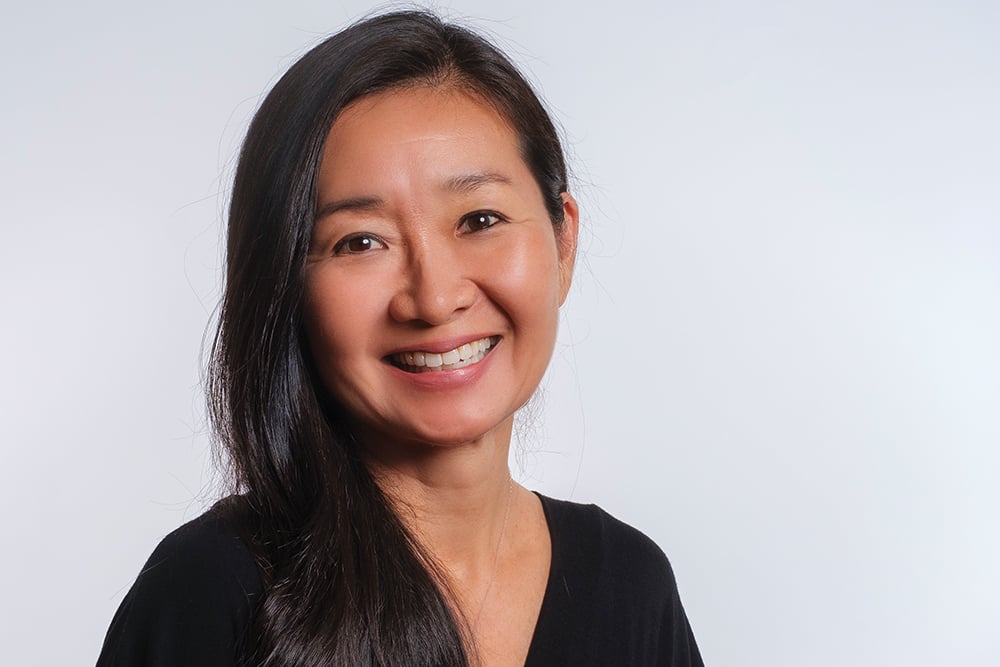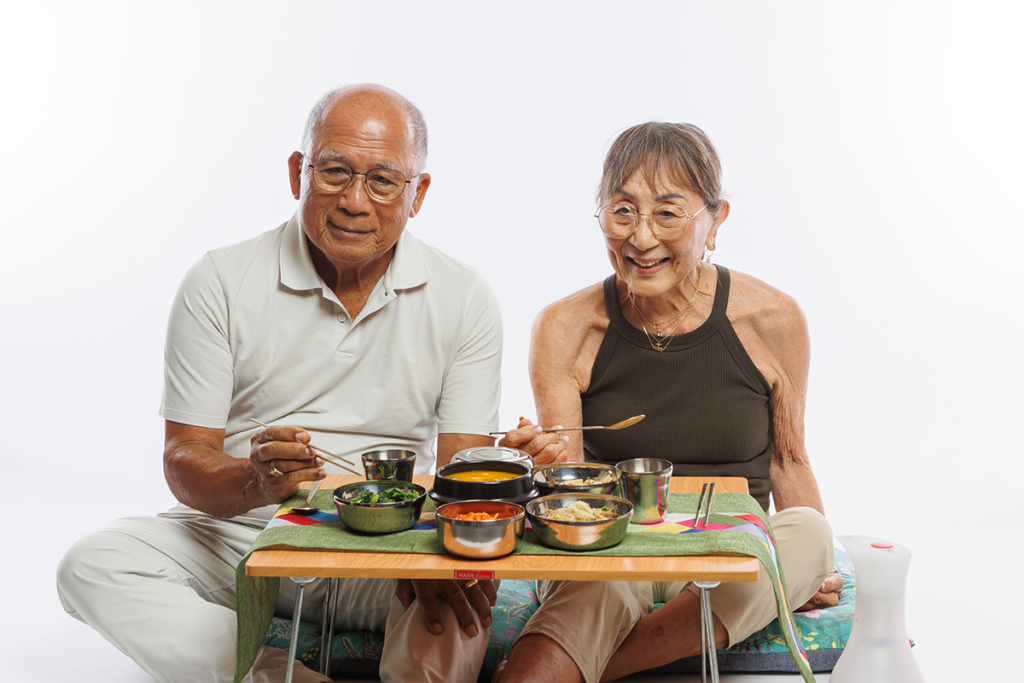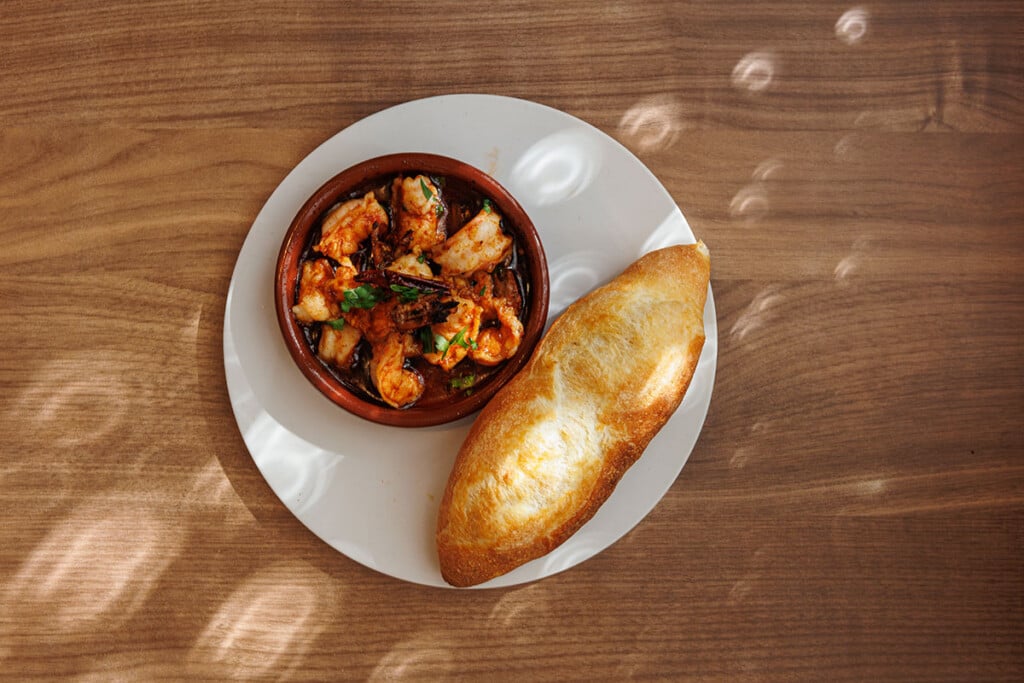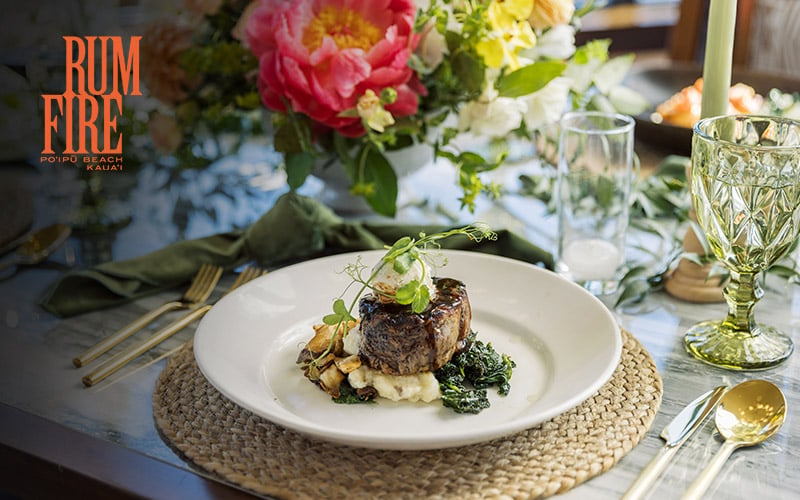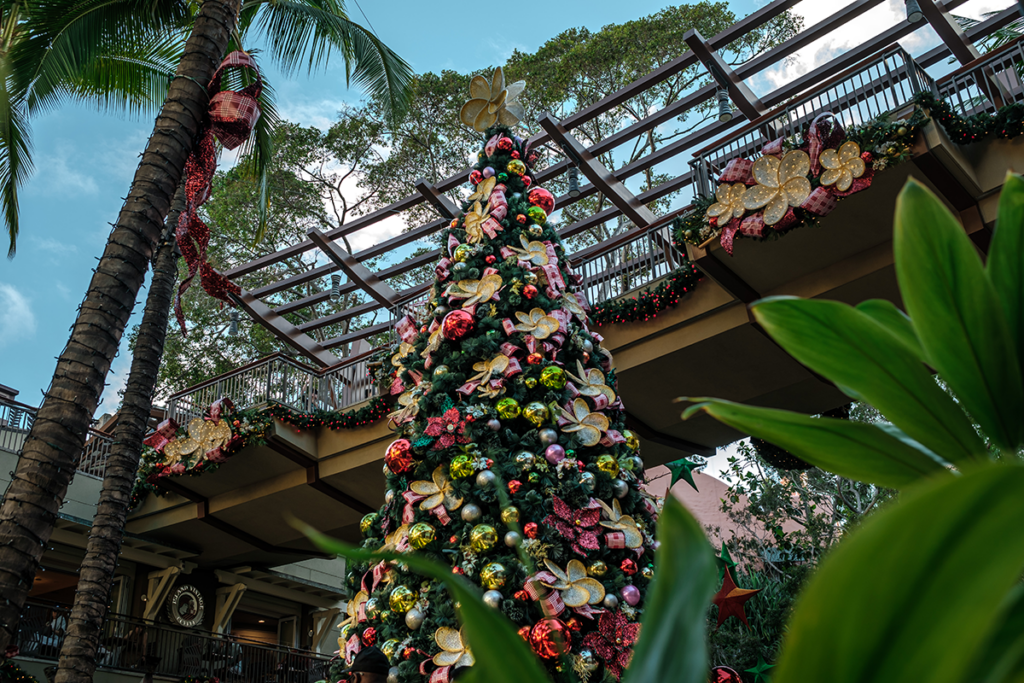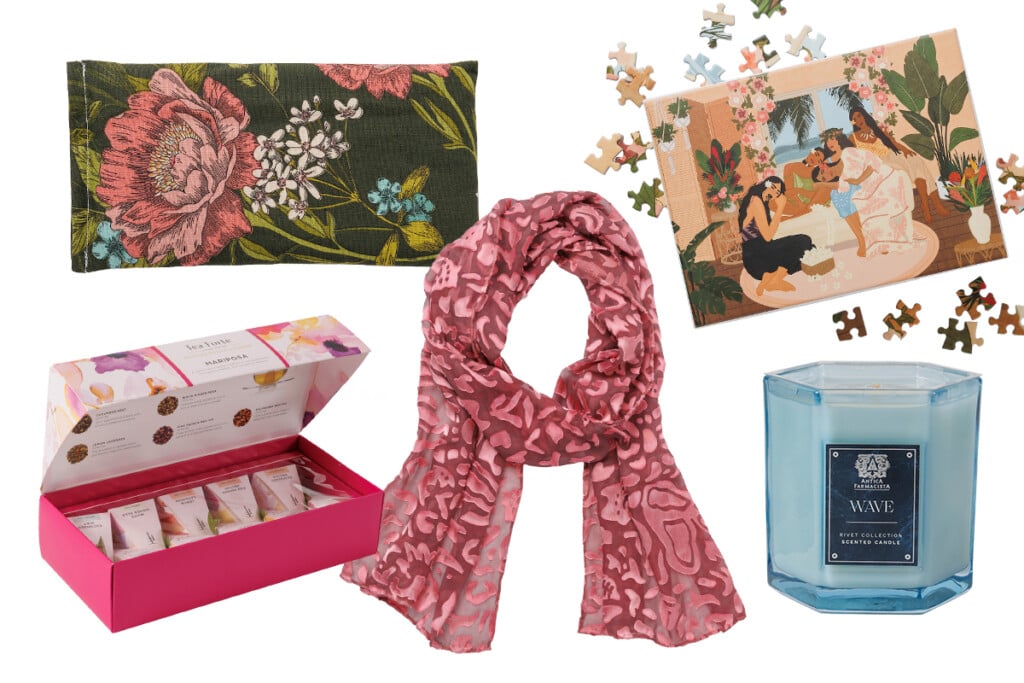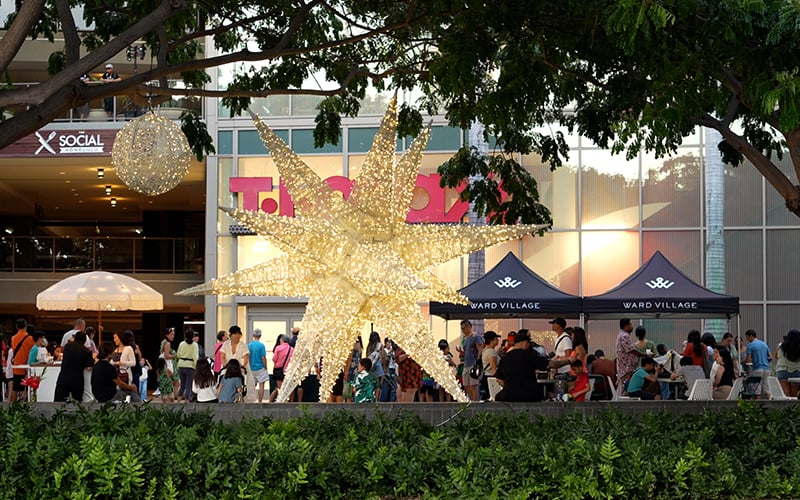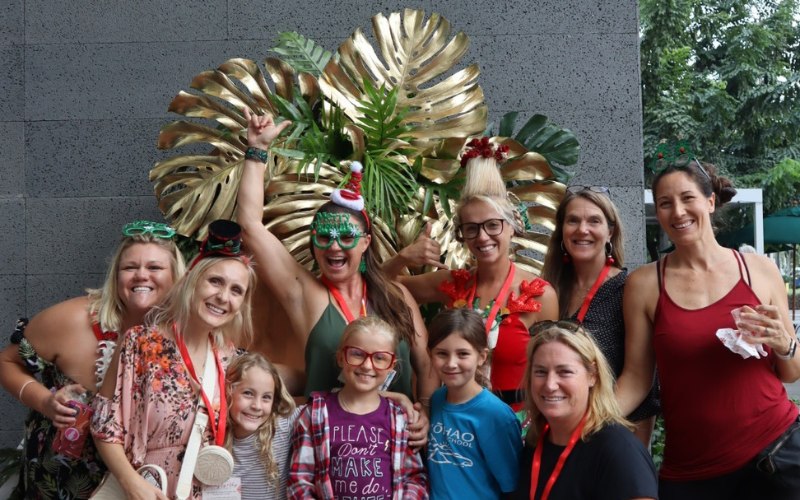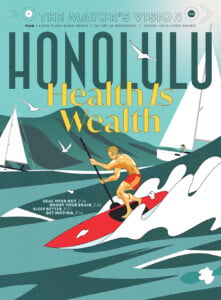Korean Craze
Before diving into the story, I didn’t understand all the hype.
It may seem fitting for someone who’s 100% Korean (according to 23andMe) to write a story about hallyu, or the Korean wave, in Hawai‘i. The thing is I’m not into K-pop, K-dramas, Korean beauty or anything trendy coming out of South Korea. My parents are Korean immigrants, and although being Korean has always been an important part of my identity, we spoke English at home, and my parents raised my sister and me to be more Americanized than traditionally Korean. So, while I approached this story with inquisitiveness and an open mind, I didn’t initially understand the K-culture hype and how seemingly sensible middle-aged people, for instance, could let their teenage selves loose over K-pop stars.
What I learned is that hallyu is real, not just in Hawai‘i, but around the world. And while it’s not new, it’s not fading. Millions of people of all ages and ethnicities are passionate about all things Korean, and more are coming aboard. Still, when UH professor Cheehyung Harrison Kim told me Korean is the university’s most popular foreign language program, I was shocked. Growing up in Honolulu in the 1970s and ’80s, I was a minority among Asians. Most locals knew very little about anything Korean except for stereotypical things like kim chee, kalbi and a phrase or two (“kamsamida” and “annyeonghaseyo,” most notably).

Carl and Anita Racuya eat their meals at a Korean-style table. Photo: Aaron K. Yoshino
But that was then. Now, Korean culture, or maybe more accurately, the new K-culture, is clicking with the masses. Several years ago, I went to a group dinner and sat next to the late Nadine Kam, a well-known dining writer for the Honolulu Star-Advertiser. She had been posting Instagram videos of herself dancing to K-pop. In these clips, she wore girly minidresses and sometimes danced alongside the actual K-pop bands on a split screen or with herself superimposed on their music videos. She wasn’t self-conscious at all.
That night at dinner, I asked her how and why she got hooked. She later sent me a scrolling text explaining that her love for K-pop originated with Jonghyun, a member of the group Shinee, who committed suicide in 2017. “The depression that had been slowly eating me up finally devoured me and I couldn’t defeat it,” Jonghyun wrote in his final note. Nadine told me she deeply empathized with the young star and became drawn to the music he left behind. From there, she started following other K-pop artists, embracing their songs and performances. It brought her joy and meaning, she said.
At the time, my analytic mind still didn’t understand how a seasoned fellow journalist could seemingly go off the deep end of K-popdom. Years later, during Nadine’s last weeks before she died of cancer, she talked about K-pop with the same confidence and pep in her voice. I was glad she held on to it.
That’s my main takeaway. We all need outlets and passions, things to make us happy. The people I interviewed for this story leaned into K-culture during COVID lockdowns or other bleak times in their lives. They’ve met new friends because of it. They’ve traveled to South Korea multiple times. My longtime friend Maile Lum, who’s featured in the story with her family, now speaks Korean, and interrupted her recent staycation so she could attend her weekly online Korean class.
Whether you follow K-culture or not, I hope you find the piece a worthy foray into a sliver of life in our diverse city. I personally love learning about people’s passions, why unexpected things suddenly click, what sparks joy.
